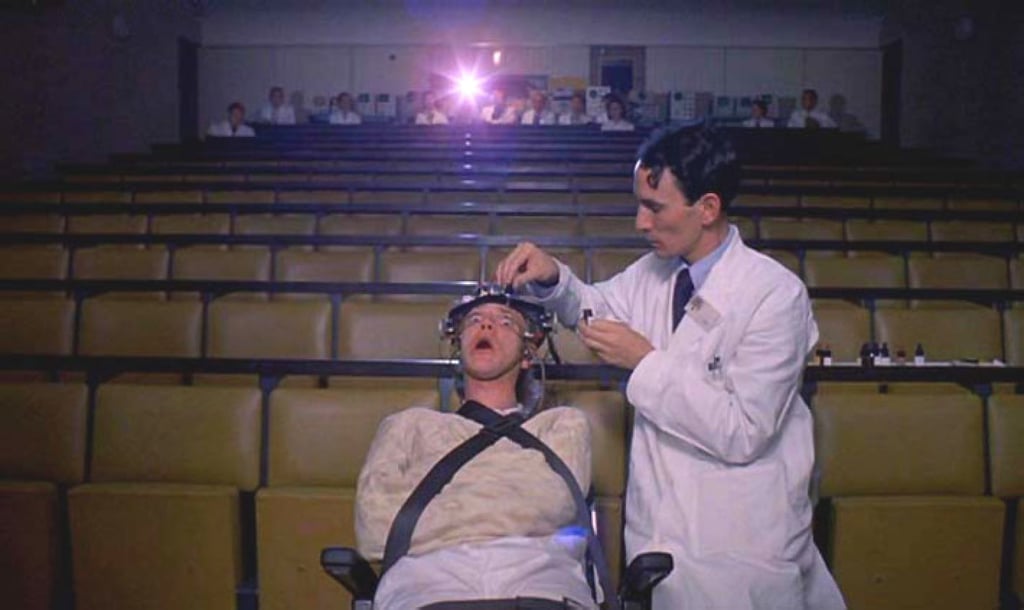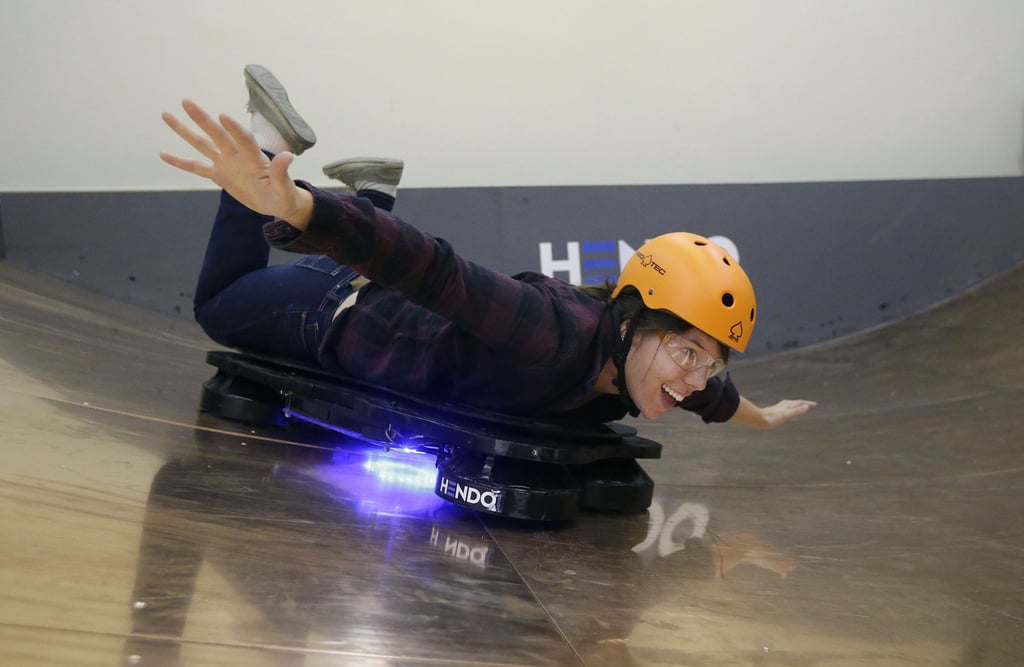Abacus | Is Elon Musk’s Tesla-bot a surrogate Rosamund Pike?
- Musk claims his ‘useful’ humanoid robot is built for ‘boring’ jobs, but his deeper vision may be something more akin to the 2009 movie ‘Surrogates’
- Telepresence is a relatively new business, now freely accessible though platforms such as Zoom. If Tesla gives it legs, we could all have our own Avatar

That Hollywood is credited with predicting the future is something we increasingly take for granted. And it’s true, the props we see on the screen often do turn up in real life. That is only reasonable, since futuristic film and television is the product of the same creative imaginations that propel the invention of new consumer goods.
Here are my five favourite examples from my outdated DVD collection of movies and television shows – have a guess at the titles, answers below. Doors that open automatically when you walk towards them, lifts you speak instructions to that can answer back, and flip-up communicators – that is an easy one from 1966. The compact disc first appeared in a 1971 dystopian vision about an ultra-violent classical music lover and his droogs; the same director’s 1968 masterpiece showed us heads-up displays and personal in-flight entertainment.

While movies are littered with predictions of consumer androids and robots, the one that lingered in my memory was Surrogates from 2009. It starred a youthful, CGI-enhanced Bruce Willis and a genuinely youthful Rosamund Pike, both of whom lived their characters’ lives through robotic avatars.

